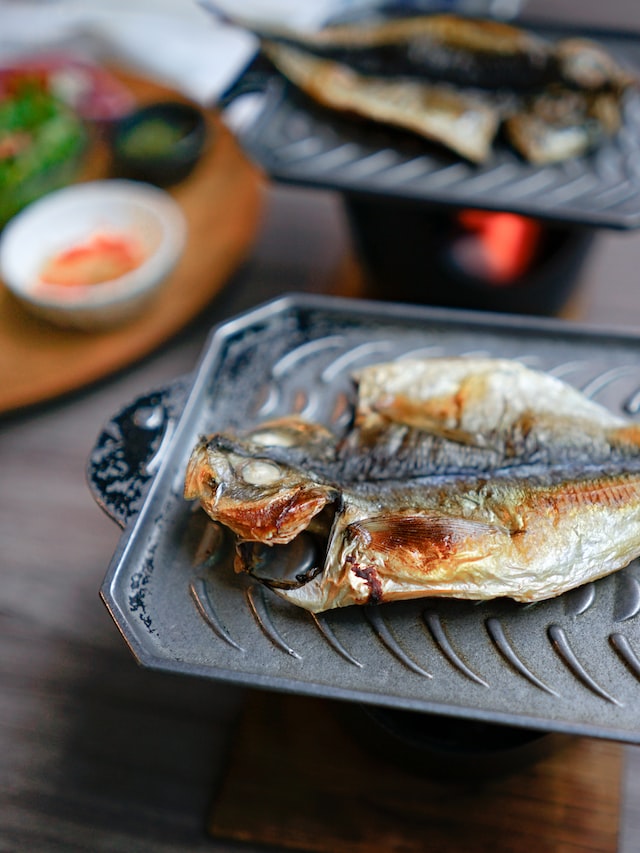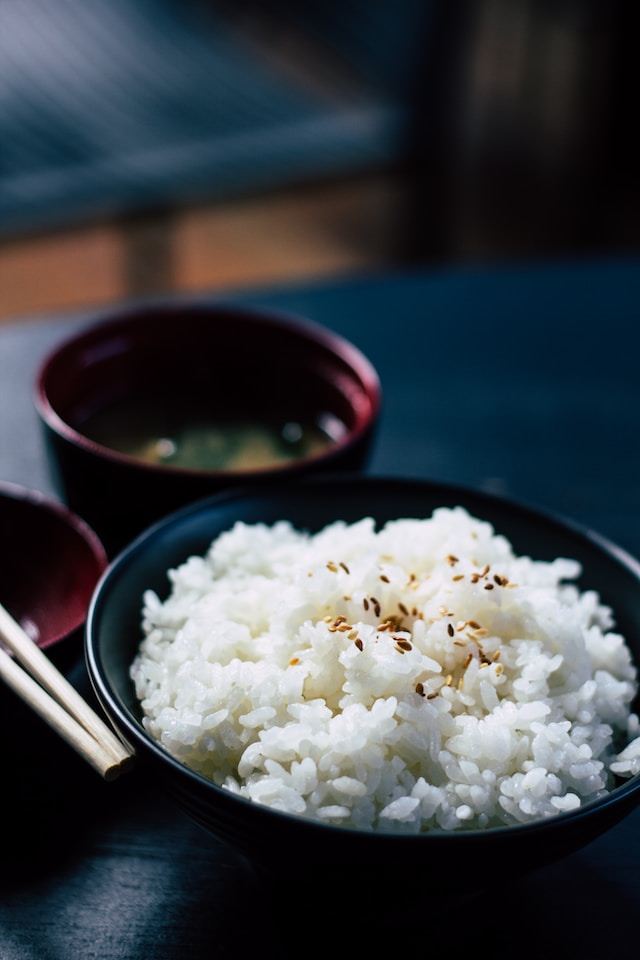
As I sit down to write about Washoku, the traditional cuisine of Japan, I am filled with a sense of wonder and excitement. There is something truly magical about the way Japanese food combines simplicity and sophistication to create flavors that are both delicate and powerful.
In Washoku, the focus is on fresh, seasonal ingredients and the way they are prepared and presented. From sashimi to sushi, from tempura to teriyaki, there is a sense of artistry behind every dish. And while the ingredients and techniques may be different from what we are used to in the West, the end result is always delicious and satisfying.
One of the things I find most fascinating about Washoku is the way it reflects the unique culture and history of Japan. From the Zen-like simplicity of a bowl of rice to the intricate patterns of a bento box, everything about Washoku is designed to connect us with the world around us and help us appreciate the beauty of everyday life.
As someone who loves exploring different cultures through food, Washoku is a dream come true. Whether I am sampling street food in Tokyo or enjoying a kaiseki meal in Kyoto, there is always something new and exciting to discover. And while I may never fully understand all the nuances of this complex and beautiful cuisine, I am always eager to learn more and explore new flavors and techniques.
So if you’re looking for a culinary adventure that will take you to the heart of Japan’s vibrant and fascinating culture, there is no better place to start than Washoku. With its fascinating history, stunning presentation, and delicious flavors, it is truly one of the world’s great culinary treasures.
What is Washoku (Japanese-Style Food)?
Washoku (和食) is the traditional cuisine of Japan, which has been developed over centuries and is deeply rooted in Japanese culture and history. It is characterized by its emphasis on fresh, seasonal ingredients, artful presentation, and the use of unique and complex flavors.
The “wa” in Washoku (和食) means “Japanese” or “Japan” and is a reference to the Japanese cultural identity that is reflected in the cuisine. The character “wa” (和) can also be translated as “harmony” or “peace”, and is often used in Japanese culture to convey a sense of balance and unity.
Some common components of this traditional Japanese cuisine include:
- Rice – A staple of the Japanese diet, rice is typically served with most Washoku dishes.
- Fish – One of the most common ingredients in good Japanese dishes.
- Vegetables – Washoku emphasizes the use of seasonal vegetables, which are often pickled or served in soups or stews.
- Soy sauce, miso, and sake – These fermented products are essential to Washoku cuisine and add depth and complexity to dishes.
- Traditional cooking methods – Washoku cuisine often uses traditional Japanese cooking methods such as grilling, steaming, and simmering.

Washoku is recognized as an Intangible Cultural Heritage by UNESCO, which reflects its importance as a cultural tradition in Japan. Many Japanese restaurants around the world offer Washoku cuisine, and it is highly regarded for its health benefits, delicate flavors, and artistic presentation.

